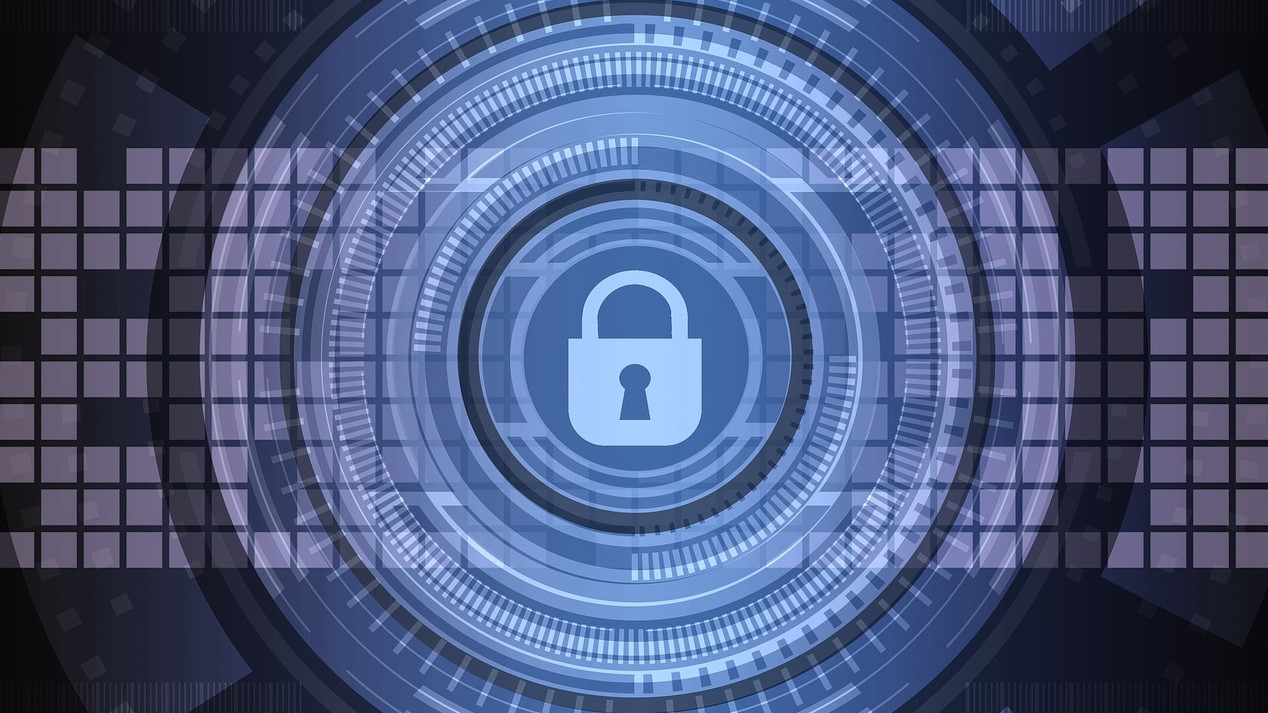“`html

On July 19, around 8.5 million Windows devices experienced disruptions that resulted in flight cancellations, banking issues, and media outages globally. Major airlines in the United States, such as American Airlines, United Airlines, and Delta Air Lines were forced to cancel numerous flights due to communication failures. Financial institutions and stock exchanges—including the London Stock Exchange, Lloyds Bank, and South Africa’s Capitec—also encountered significant challenges. Additionally, payment processing systems like Visa and Mastercard were affected according to data from DownDetector.
The financial repercussions of this outage were severe. For example, Delta’s cancellation of nearly 7,000 flights could lead to losses ranging from $350 million to $500 million. Estimates suggest that US Fortune 500 companies (excluding Microsoft) faced a staggering total direct loss of approximately $5.4 billion due to this incident. The healthcare sector suffered the most with projected losses hitting $1.94 billion; the banking industry followed closely with an estimated impact of $1.15 billion in damages while the airline sector incurred about $860 million in losses.
Causes of the Outage
The disruption stemmed from a faulty update within CrowdStrike’s Falcon security platform as explained by the company later on. Interestingly enough, this update had passed testing on March 5; however, a bug within their diagnostic software prevented any errors from being detected at that time.
CrowdStrike clarified that they typically deliver security content configuration updates through two channels: Sensor Content via their Falcon Sensor component and Rapid Response Content which identifies new threats using various behavioral pattern-matching techniques—the latter contained an undiscovered bug responsible for these issues.
But why did this error result in widespread blue screens? The answer lies in how endpoint protection software like Falcon interacts with operating systems: restricting such software would create vulnerabilities allowing malware access—defeating its primary purpose as a protective measure against cyber threats.
Importance of Gradual Upgrades and Regular Backups
Despite the extensive fallout from this incident for many organizations worldwide, it is improbable there will be mass abandonment of CrowdStrike products anytime soon since solutions like Falcon are deeply integrated into IT frameworks developed over many years—a transition away would be both costly and time-consuming without assurance that alternatives wouldn’t present similar problems.
This event has highlighted critical issues within technology sectors including market concentration where only a handful of major vendors dominate—this lack of diversity contributed significantly to how widespread these impacts became during this outage period. To mitigate future risks effectively investing in alternative solutions including cloud-based options is essential moving forward.
While accountability ultimately lies with CrowdStrike for these failures businesses must also adopt new security strategies moving ahead; one key approach involves regular data backups which likely helped some firms minimize damage during this crisis compared those who didn’t implement such measures consistently over time.
Many system updates occur overnight or early morning hours allowing firms quick recovery if something goes awry enabling them roll back changes easily when necessary.
Therefore another recommendation remains clear: companies should have robust backup procedures established alongside routine testing protocols implemented regularly throughout operations.
I believe organizations utilizing cloud infrastructure managed better through virtualization techniques along with API-driven scripts during these outages compared others reliant solely on traditional server setups.
For instance instructions regarding AWS-hosted or Microsoft Azure-hosted virtual machines can often be disseminated rapidly taking mere hours rather than days required restoring full physical server environments.
If even just 20% more businesses transitioned towards cloud-based solutions it would represent significant progress for our industry although realistically only about 5-15% may actually pursue such shifts.
Strategies for Future Updates
Moreover future updates should ideally follow gradual deployment strategies whereby small subsets receive upgrades first followed by performance monitoring before rolling out changes across larger groups subsequently.
While implementing slower upgrade processes may extend timelines overall it helps prevent catastrophic damages akin what we witnessed recently.
Regulatory bodies could also play pivotal roles here too; many enterprises develop risk models assessing potential threats selecting appropriate cybersecurity defenses accordingly yet regulators sometimes impose specific mandates without considering whether all entities genuinely require them—for instance mandating antivirus installations regardless necessity leading some firms purchasing compliance-driven cybersecurity tools instead based actual needs resulting unnecessary expenditures incurred unnecessarily affecting bottom lines adversely overall.
It’s plausible between fifty percent up ninety percent impacted organizations might not have faced consequences had they not installed EDR/XDR products merely fulfill regulatory requirements initially imposed upon them.
Overall I remain hopeful positive transformations arise following incidents like these fostering safer practices throughout cybersecurity landscape going forward.
This article was produced as part of TechRadarPro’s Expert Insights channel where we feature leading voices within technology today.The opinions expressed herein belong solely author’s own views do not necessarily reflect those TechRadarPro Future plc.If interested contributing find out more here:
Source
“`





